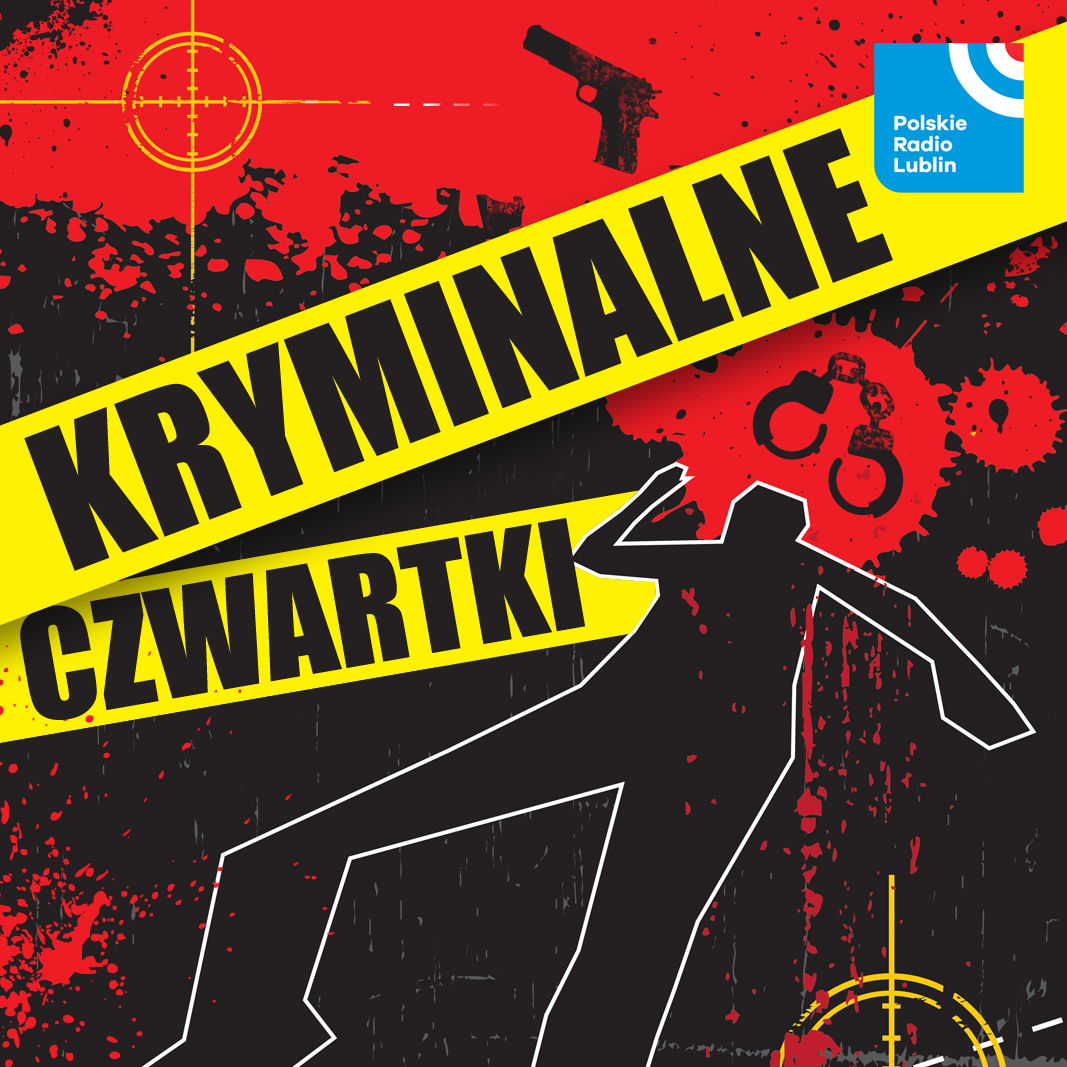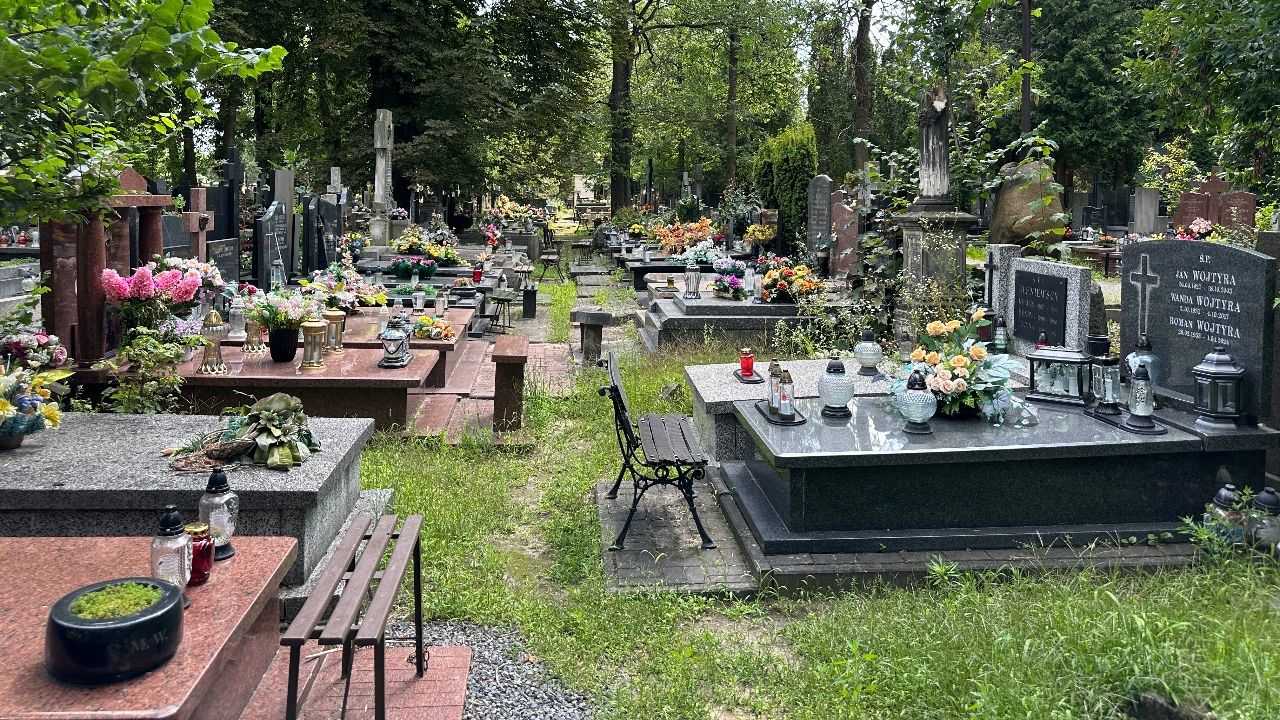B. Ratter: What is the Polish university in the current state? Stuck in the corset of Stalinism
date:19 April 2024 Editor: Anna
What is the Polish university in its current state? It is simply a kind of hybrid in which there are any residual relics of the erstwhile European formation and at the same time it is inactive in a rigid corset in which it was imprisoned during the years of Stalinism.- wrote prof. Artur Hutnikiewicz, a literary historian, essayist and literary critic, a student at the Nicolaus Copernicus University in Toruń 20 years ago.
It has been 20 years and the reasoning and action of members of the government, representatives of discipline and the media indicate the failure of even residual signs of the erstwhile formation and an even stronger link to the ideology of Stalinism.

My first university was the University of Jan Kazimierz in Lviv, my home university, to which I mostly owe my intellectual and moral formation- prof. Artur Hutnikiewicz wrote. Because of the scope of the sciences it has been taught, it has been "universitas" according to its name, due to the fact that "universitas" means not only the community of professors and students, but besides the totality of cognition at a given phase of its development, as well as openness to all who search this knowledge. The professor's position was at that time at the highest level of designation and social respect. The selection of candidates for university cathedrals was strict and was based on the rule of a nationwide competition from which the most prominent candidate was selected, accepted by the Board of Professors.
Therefore, the composition of my home university included quite a few names with European and global publicity to mention, for example, only scholars like Władysław Abraham, Ludwik Ehrlich, Juliusz Makarewicz, Kazimierz Przybylowski. Stanisław Grabski, Rudolf Weigl, Jakub Parnas, Tadeusz Ostrowski and Adam Gruca. Kazimierz Ajdukiewicz and Roman Ingarden, Jerzy Kuryłowicz, Mieczysław Gębarowicz and Karolina Lanckorońska, Jan Czekanowski, Juliusz Kleiner, Mieczysław Kreutz and Witold Taszycki, Stanisław Zakrzewski and Ludwik Kolankowski, Stefan Banach and Hugo Steinhaus, Leon Chwistek, Wojciech Rubinowicz, Włodzimierz Trzebiatowski and Stanisław Kulczyński, Fr Aleksy Klawek, Fr Józef Umiński, Fr Szczepan Szydelski and Fr Adam Gertsmann.
These scholars created this peculiar intellectual atmosphere that fundamentally determines the rank of university. The University of Lviv, like all Polish universities at the time, was an autonomous institution, both formal and scientific. It was an excellent school of education, perfectly preparing for a future, full independent and liable life. This together consisted of the awareness of the university's peculiar dignity, as an institution set up to fulfill the most noble aspirations of man. (Three universities Artur Hutnikiewicz).
21 Polish professors of Lviv universities murdered (in collaboration with allied Ukrainian nationalists) German extremist nationalists, whose descendants are utilized by Donald Tusk with the team. On July 4, 1941, at the Wuletsky Hills in Lviv, on the first days of the German business of Lviv, a fewer days after the end of the 22-month russian occupation, after arrests, deportations, Katyn morde, after the escape from Lviv by the Soviets hekatombie on Poles in Lviv prisons (Brygidki, Łącki, Zmarstynów).
Artur Hutnikiewicz: The second university, which I could get to know from the inside and close, was a product of dramatic events of 1939: the Red Army's entry into the east lands of the Republic. Jan Kazimierz University was renamed the Lviv Derzhevny University of Ivan Frank. The Theological Department was, of course, eliminated. Most Polish professors, especially in the alleged “ideological” faculties (laws, humanities, history), were removed from the cathedrals occupied so-far, and their place began to be occupied by teachers of Lviv secondary schools of Ukrainian nationality, or lecturers sent from the depths of Ukraine and Russia. With fewer exceptions, specified as very old Ukrainian scholars from the Austrian Galicia; Cyril Śtudinsky, Mikhail Wozniak, and Ivan Krypiakewycz; they were lecturers without any higher degrees and without any achievements, which was in line with the essential character of the russian university education at the time. The only form of teaching were lectures of a course character, there were no exercises, seminars, written papers and diploma papers. There was no request for independent studies and investigation in the library, it was adequate to learn the teacher's formulas from his own notes and repeat them on the exam. The program of lectures was strictly defined without giving the least chance to those who lectured on expressing any own opinions that deviate from the officially established interpretation.
An integral and untouchable component of the program of survey on all without exception, directions were the block of ideological subjects; Marxism-Leninism, political economics, past of proletarian movements and the "holy book", the basic origin of wisdom and the binding worldview elementary; A brief course in the past of the All-Union Communist organization of Bolsheviks, a work written partially by Stalin and under his individual supervision. (Three universities Artur Hutnikiewicz).
It's the same, the naming changed. The main origin of wisdom of this phase and the existing world-view component are the guidelines of the fresh Marxist UN 2030 Agenda implemented by the directives of the European Union. The expression of any own opinions, which deviate from the officially established interpretation, is called "a hatred speech" and threatens to be punished.
The implementation of the critical explanation of the fresh left has been going on for decades. A policy of shame is promoted by pointing to the pathological nature of the Polish tradition and culture and not passing on cognition about the achievements of Polish intelligence from the First and Second Republics (for ideological reasons and political correctness, it is intended to service not sovereign but hostile national minorities).
In addition to the war trophies, the Swedes from their warring countries carried out more outstanding historical monuments, works of art and ancient manuscripts, and even their full collections and libraries- wrote Aleksander Hirschberg in 1896, historian, prof. of the University of Lviv, curator of the Ossolinski National Institute in Lviv. For this reason, I utilized my stay in Sweden to read more about the collections of acts and manuscripts of Polonica, located in the State Archives in Stockholm (Riks-Arkivet), as well as in the University Library in Upsala and the library of hr. Brahe. Below is simply a list of manuscripts containing materials for Polish history, giving their titles in Swedish and Polish- and here is simply a list of 20 pages in fine print written down by Polish embroidered works. (Lviv 1896, From a technological journey to Sweden).
It was not fashionable sustainable improvement and citizens of the Republic were well acquainted with another cultural groups, nations, cultures, traditions and were successful.
Space -Description of the Polish Tow. Naturalists Copernicus was founded in 1875 in Lviv. The December 1914 issue reads: Karol Hadaczek, doctor of philosophy, prof. of the University of Lviv, died on December 19 in Lviv, aged little than 42. He studied in Lviv and Vienna from 1893 to 1900, specialising in classical archaeology, ancient history, prehistory, numismatics and art history. After that, between 1900 and 1903, technological trips to Greece, Italy and Germany, he habilitated in 1903 at the Philosophical Faculty of the University of Lviv from classical archaeology and prehistory, and here he received a private docentura. shortly appointed an associate prof. and in 1909 average professor, he brought together young people in his seminary and implemented it into working methods in the field of his subject matter. He was known for his technological activities, not only in our country but besides abroad. He was a technological associate of the Dzieduszycki Museum and a associate of respective non-national societies. From their side, he made a longer technological journey to Egypt, where he did extended research. In the country he was made known as a prominent archaeologist, educated to a European degree. He was drawn by our prehistoric curhanes, graves and settlements, scattered numerously in the Vistula and Dniestr basin. He visited many of them and dug them up, frequently invaluable objects.
Oh, my God.
















